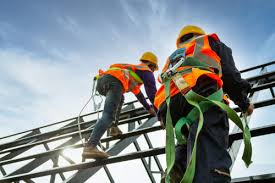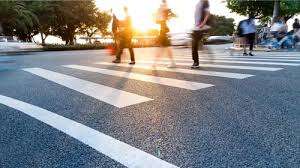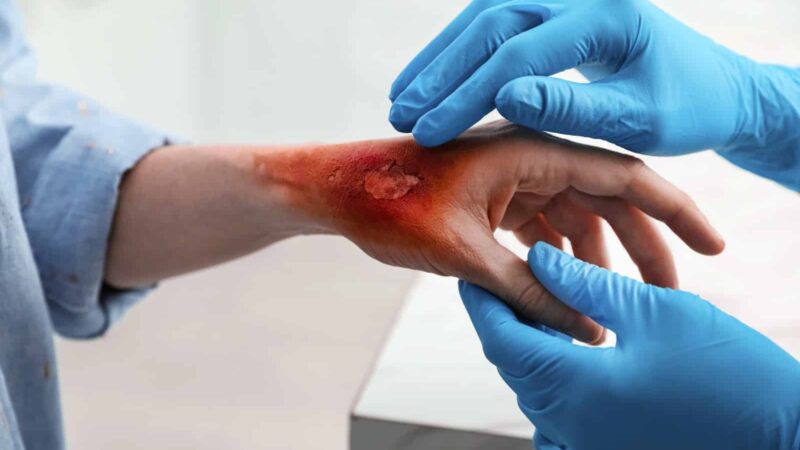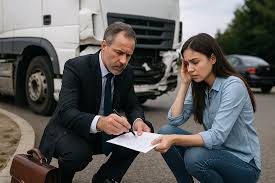What Legal Protections Do Construction Workers Have After a Scaffolding Accident?

Construction work in New York City often involves operating at dangerous heights. Scaffolding is used on many job sites, but workers can get badly hurt if it breaks. Some may have broken bones, back injuries, or lasting health problems. New York’s Labor Law § 240, known as the Scaffold Law, offers strong legal protection in these cases. This law allows injured workers to hold contractors and property owners accountable for safety failures. Unlike other injury claims, proving negligence isn’t required under this statute. Workers simply need to show that the accident was related to height-based tasks. For those looking to understand their legal rights and next steps, Rheingold LLP scaffold claims offers guidance that’s grounded in experience with these complex cases.
Understanding the Scaffold Law
The Scaffold Law requires that property owners and contractors provide proper safety equipment for workers. This includes items like secure scaffolds, harnesses, and guardrails. If a worker is injured because these safety measures were not in place, the responsible parties can be held liable. This law covers many types of construction work, like building, fixing, or cleaning buildings. It ensures that workers are protected when performing tasks at elevated heights. The law is unique to New York and offers strong protections for construction workers.
Workers’ Compensation Benefits
In addition to the Scaffold Law, injured workers may be eligible for workers’ compensation benefits. These benefits can cover medical expenses and a portion of lost wages. Workers’ compensation is a no-fault system, meaning that workers do not need to prove that their employer was at fault to receive benefits. However, these benefits may not fully compensate for all losses, such as pain and suffering. Therefore, it’s important to explore all legal options available after a scaffolding accident.
Third-Party Lawsuits
Sometimes, a third party, such as a subcontractor or equipment manufacturer, may be responsible for a scaffolding accident. In these cases, injured workers can file a lawsuit against the third party. This can provide additional compensation beyond what is available through workers’ compensation. Third-party lawsuits can cover damages like pain and suffering, which are not included in workers’ compensation benefits. Identifying all responsible parties is essential to ensure full compensation for injuries.
Importance of Legal Representation
Navigating the legal system after a scaffolding accident can be complex. An experienced attorney can guide you, stand up for you, and help you get the compensation you need. An attorney can assist in gathering evidence, filing claims, and negotiating settlements. They can also help identify all potential sources of compensation, including workers’ compensation and third-party lawsuits. A good lawyer can help you understand what’s happening, answer your questions, and stay by your side when things feel hard.
Steps to Take After an Accident
If you’ve been injured in a scaffolding accident, it’s important to take immediate action. Seek medical attention right away to address your injuries. Report the accident to your employer and document the incident thoroughly. Collect contact information from any witnesses and take photos of the accident scene if possible. Talking with a lawyer can help you understand what to do next and ensure someone’s looking out for you. It’s a step toward getting the care and support you need to move forward.
Scaffolding accidents can seriously harm construction workers and their families. New York’s Scaffold Law helps protect workers and ensures they get the support they need if they’re hurt by unsafe conditions. In addition to workers’ compensation benefits, injured workers may have the option to pursue third-party lawsuits for additional compensation. Legal representation is vital in navigating these complex legal processes and securing the compensation you deserve. If you’ve been injured in a scaffolding accident, don’t hesitate to seek legal assistance to protect your rights and support your recovery.






